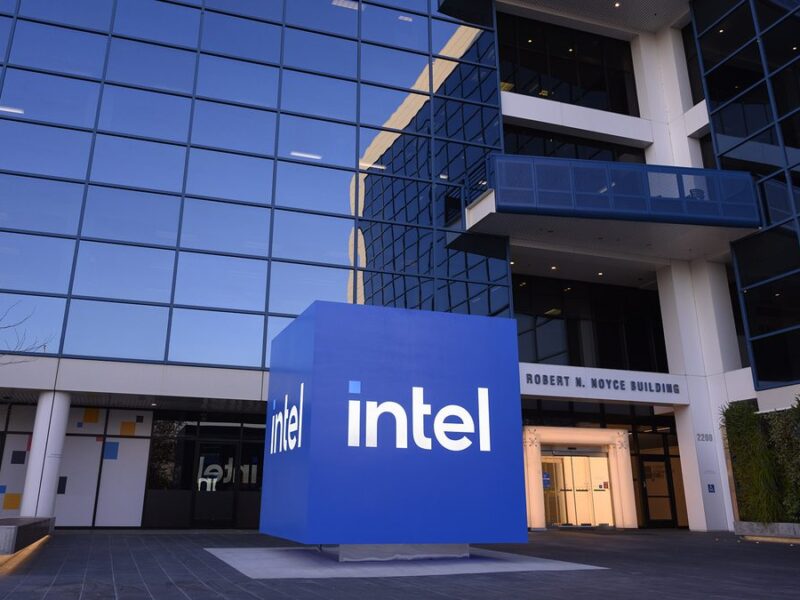Introduction
Convenience stores are an indicator of today’s economy; they generate more than $650 billion in sales annually and register 160 million transactions per day across the globe. However, emerging issues affect them, including low share of profits, increased labor costs, and shifting customer demand. The only way that convenience stores survive the competition is through the implementation of new ideas and by planning the business operations. One of the emerging trends is location intelligence. Xtract.io has made it easier to choose the best partner by delivering excellence in location-based intelligence for years.
What is location intelligence?
Location intelligence is the ability to analyze geographic data to identify relationships, forecast outcomes, and provide immediate solutions to location-specific questions. This powerful tool allows businesses to utilize maps, graphics, and statistics to make informed decisions. For instance, retailers can use location intelligence to identify the most suitable location for a new store based on traffic patterns. Similarly, companies expanding globally can enhance their understanding of the global supply chain to serve their customers better.
Importance of location intelligence for convenience stores
Location intelligence specifies using geographic and spatial information to draw business insights for convenience store locations. According to the analysis, the location intelligence market will grow by $32.8 billion by the year 2027, with a CAGR of 15%. Such a growth pattern proves the growing importance that businesses give to location-based information and intelligence.
Convenience stores often accumulate data related to store location, customer characteristics, and other regional factors that can inform many business decisions.
Optimize store placement: Many convenience stores have difficulty choosing the right location for new outlets. Without such analysis, they stand a chance of opening outlets in unsuitable locations, which will result in poor traffic, excessive competition, and, thus, poor investment.
Location intelligence can identify foot traffic along with the competitor’s stores, helping to expand the stores’ network for the highest possible ROI.
Enhance inventory management: One of the biggest problems within stores, which can be traced back to the company’s poor localization strategy, is the inability to manage inventory properly. Stock can run out or, conversely, become excess due to improper estimations of demand in the given market.
Location Intelligence can improve inventory management by more accurately estimating demand based on historical data and occurrences in the specific location where the store is situated.
Improve targeted marketing: It is usually challenging to identify suitable customers to whom the promotions should appeal because ordinary advertising does not work.
Location Intelligence helps stores offer highly specific promotions based on customers’ locations and buying habits. Using location, targeted coupons or limited-time promotions can be sent to customers to lure them into the store, thus increasing sales.
How location intelligence enhances customer experience
Here are some of the ways in which enhancing position intelligence can be very useful or improve the customer experience.
Personalized offers: Through customer location and purchase features, convenience stores can launch promotions that meet consumer needs and desires. For instance, Circle K has ‘Easy Rewards,’ which offers customized alerts to customers and, via the Circle K app, coupons depending on behavior or purchase patterns. These coupons can be taken as a discount or vouchers for all fuel and in-store product purchases. This personalization leads customers to the Circle K convenience store more frequently to meet their needs.

Product availability: Maintaining an inventory of the most-sold products is crucial to satisfy consumers and fulfill their needs. This is specifically the case with location-based demand forecasting, which makes it possible for convenience stores to make the right predictions on the demand levels of a particular product. For instance, Wawa Convenience Stores required location-based data to forecast increased demand for such commodities as water and foods that do not perish, as witnessed during the Hurricane Ian disaster of 2022 in Florida.


Loyalty programs: Client retention is the best satisfaction that stores can achieve using loyalty programs. Location intelligence helps retailers create absolutely individual and specific local loyalty programs that correspond to the basic parameters of each store’s client base. For example, through 7-Eleven’s 7Rewards program, consumers receive points for every product that they buy and later can get free products and special offers.
Measures to implement location intelligence in store operations
- Implement forecasting tools: Location-powered forecasting tools are crucial in location-based store operations. By incorporating location-specific factors, such as regional events or seasonal trends, forecasting tools can provide more accurate predictions and help stores adjust their operations proactively.
- Set up real-time monitoring: Management information systems help monitor the sales and performance of all stores in real time. These systems provide data on sales, customer flow, and other parameters of organizational productivity. Real-time monitoring can, therefore, help stores solve operational problems as and when they arise, optimize the utilization of resources, and ensure that customers are dealt with to the best of the stores’ capabilities.
- Analyze and adjust: To achieve these goals and effectively adapt to location-specific factors, it is essential to incorporate regular performance metric reviews into the process. Sales information that customers provide, performance measurement, or data on the effectiveness of operational strategies and plans give outlets and stores the crucial information to predict customer behavior and operating efficiency and maximize the stores’ functional capacity and profitability.
- Leverage technology for operational efficiency: There is a great opportunity to find and improve the work of the stores with the help of innovative technology investments. This may comprise automated inventory handling technologies such as smart shelves and complex POS interfaces. Storing technologies can minimize manual activities and smooth working processes so staff members can engage in customer service provision.
Conclusion
Convenience store operation is one area that benefits a lot from location intelligence. While leveraging spatial data with the help of advanced analytics, convenience stores can create a really valuable and outstanding experience for the customers, minimize the stocks of valuable products, and increase the levels of profitability. However, partnering with experts like Xtract.io and others is a step in the right direction. Outsourcing location intelligence in location, in turn, provides the stores with the expertise and technology to make the best out-of-location intelligence insights. When convenience stores embrace and apply LI strategies, they are better placed to manage the industry opportunities and challenges and meet the ever-evolving customer needs and demands.


